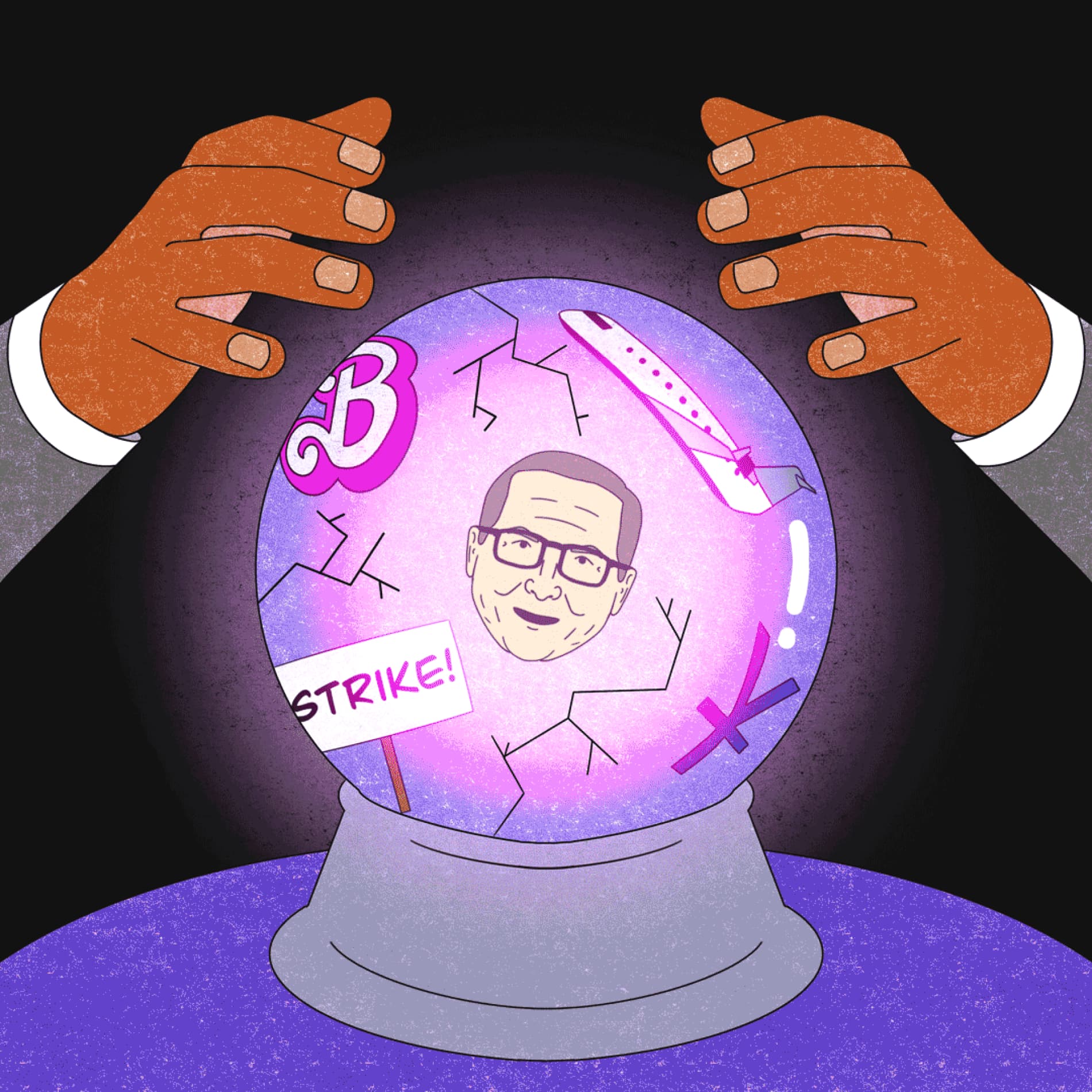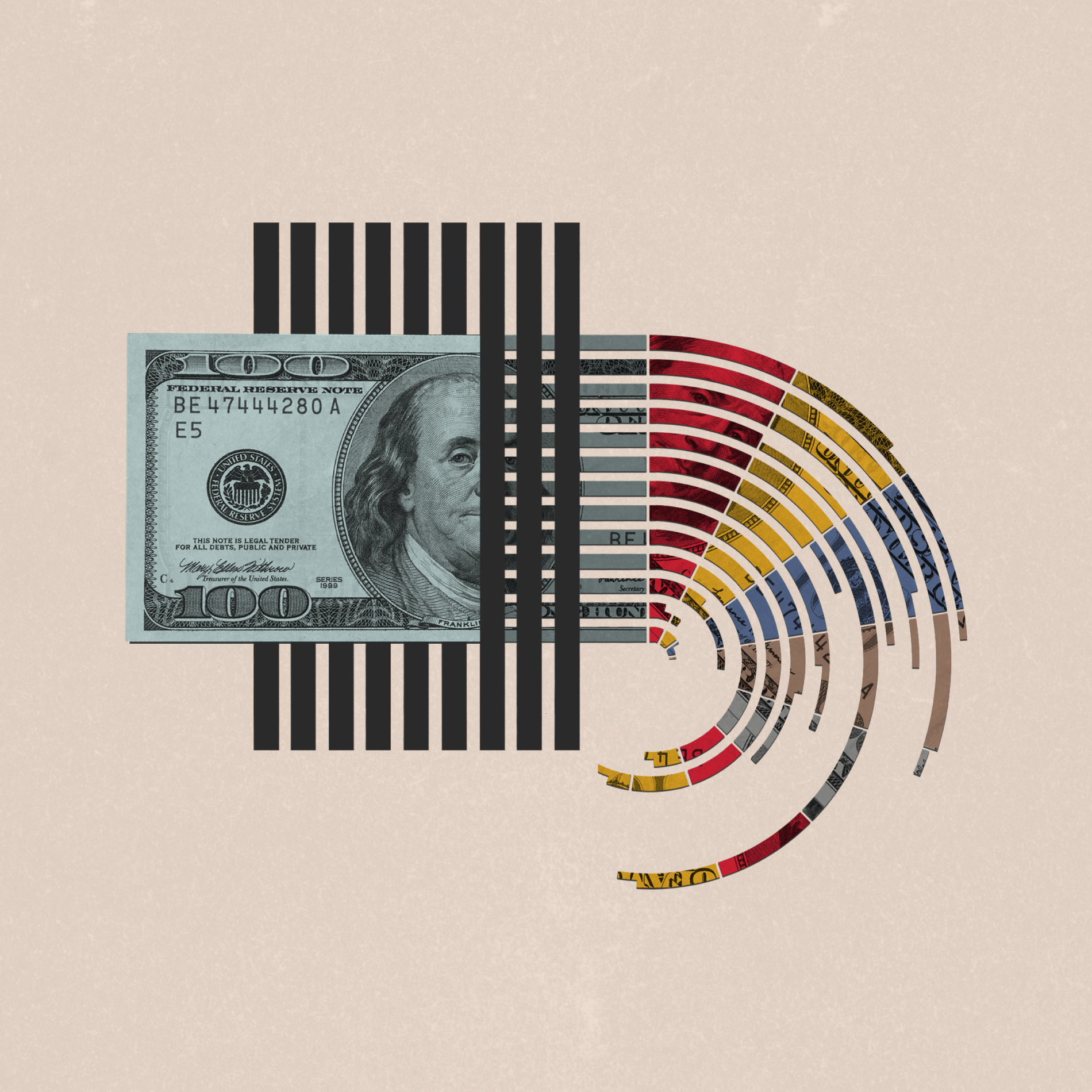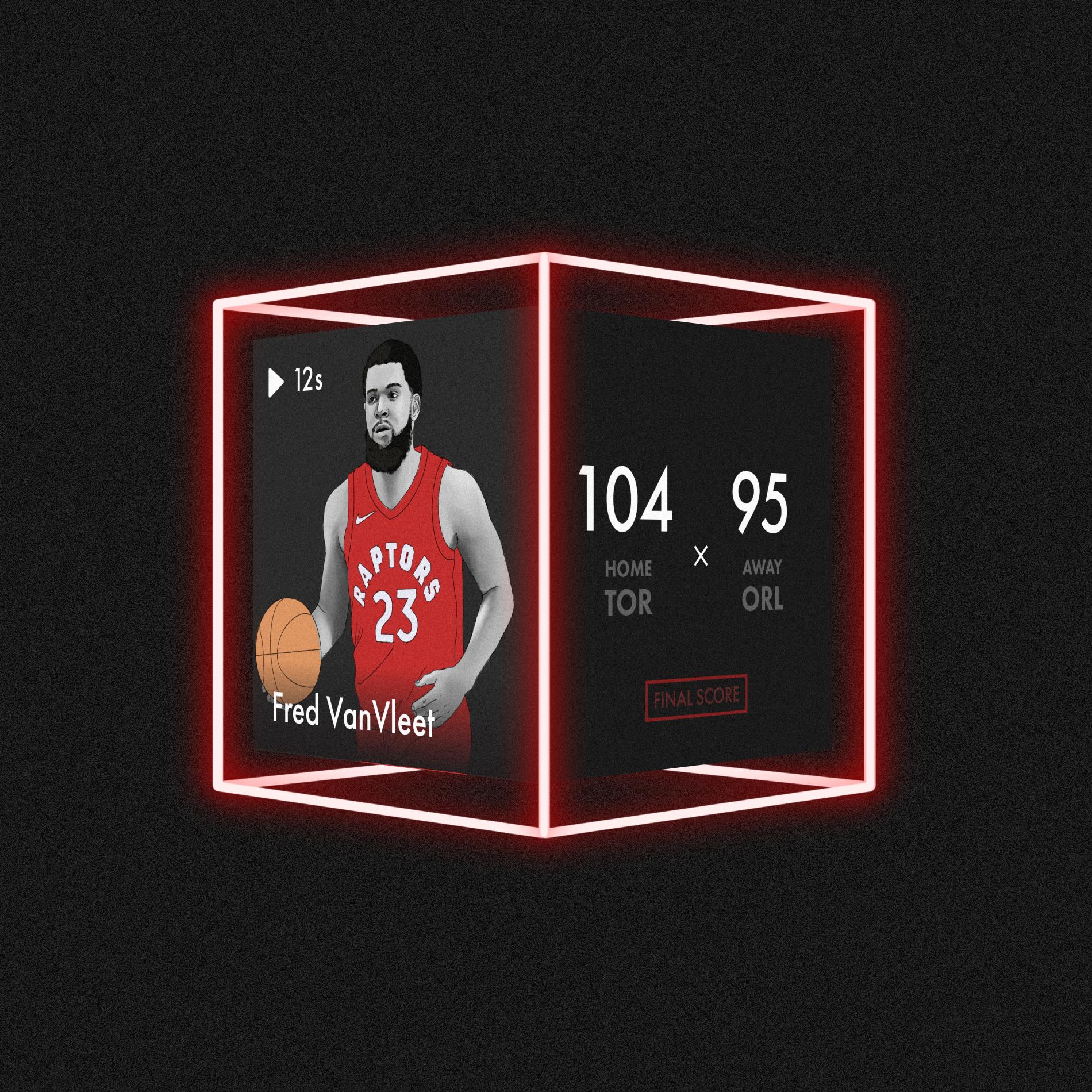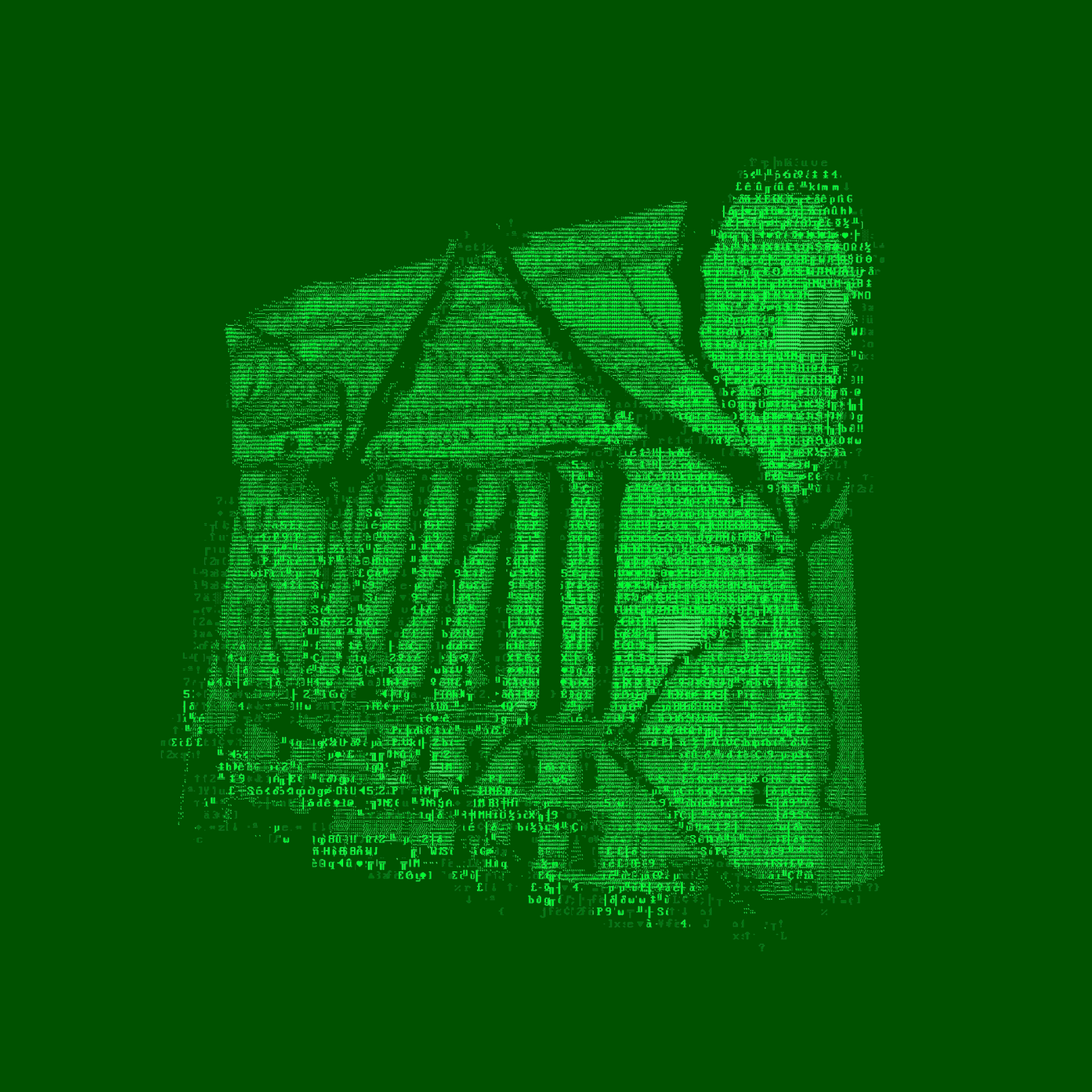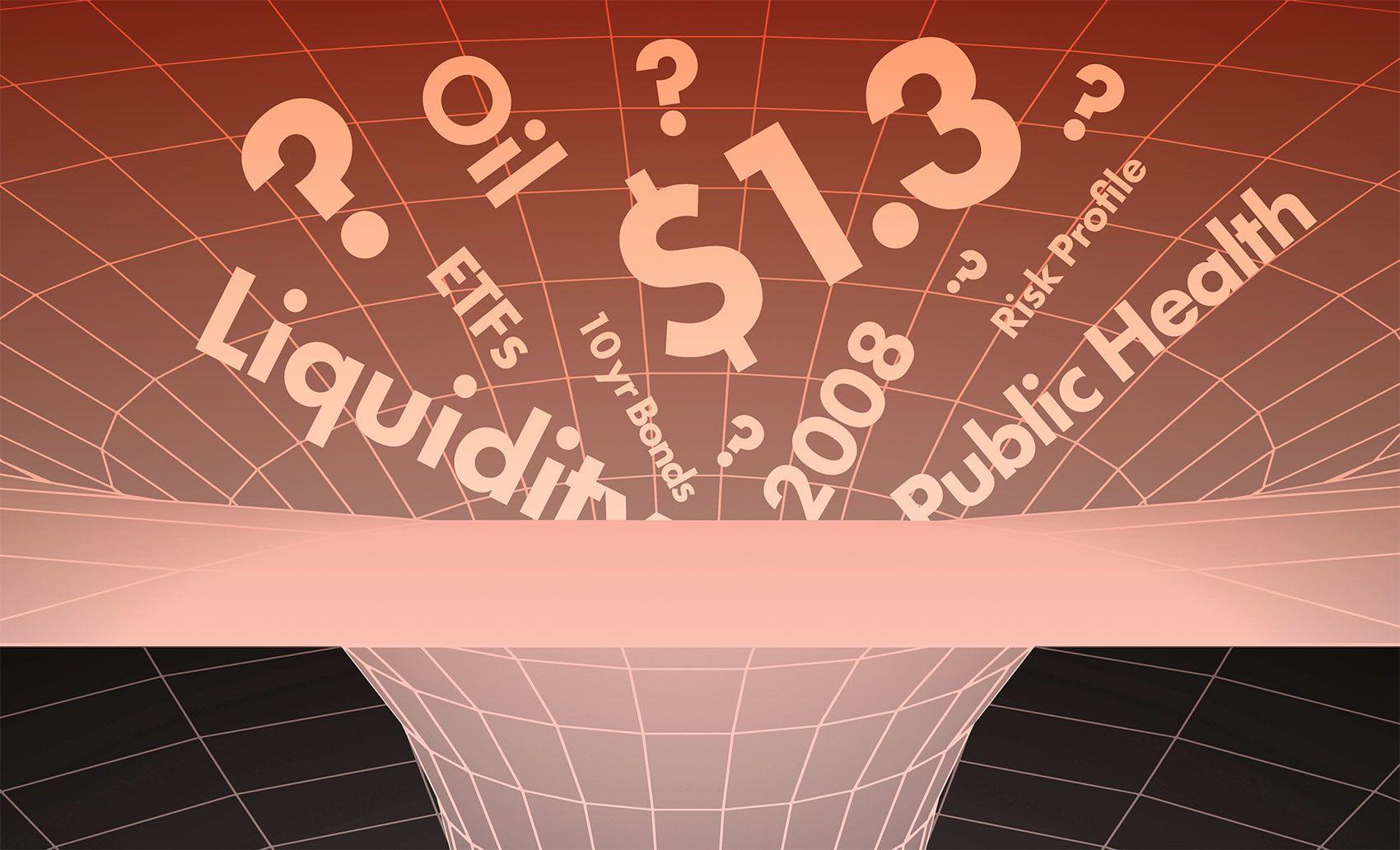
Money & the World
Ethereum Got Way Better Last Week
Ethereum intends to be the super-secure backbone of our technological lives — not just a place to buy CryptoKitties and NFTs. In early August, the ever-evolving blockchain took a pretty impressive step in that direction. Here’s how it all works.
Wealthsimple makes powerful financial tools to help you grow and manage your money. Learn more
Since its launch in 2015, Ethereum, the second most prominent crypto blockchain behind Bitcoin, has aimed to be increasingly cheaper, faster, and more reliable — no small task with its popularity surging. And then last week, Ethereum made headlines with a major update to its network. We asked Danish Ajmeri, Wealthsimple’s Head of Crypto, to explain what happened and why it’s interesting even if you don’t own any crypto.
I hear something big happened with Ethereum last week. And I hear it’s called the London hardfork, which sounds like a type of alcoholic cider.
Well, at the very least, you are correct about this: a big thing happened with Ethereum last week and it was called the London hardfork.
Can you tell me what the London hardfork is, more or less?
You can think of the London hardfork as a major upgrade to the Ethereum blockchain. One of the cool things about blockchain technology is that it’s open source, so it can change and be upgraded all the time. And the London hardfork was a much-anticipated upgrade, resulting in five changes to the protocol. (If you want to know what a “fork” is, you’re in luck; it’s one of the terms we define in our crypto glossary.)
Four of the changes are pretty minor. But one of them’s more significant. It’s known as EIP-1559, and it promises to improve Ethereum’s payment process, chiefly by stabilizing transaction fees paid by users.

Sign up for our weekly non-boring newsletter about money, markets, and more.
By providing your email, you are consenting to receive communications from Wealthsimple Media Inc. Visit our Privacy Policy for more info, or contact us at privacy@wealthsimple.com or 80 Spadina Ave., Toronto, ON.
Why did developers make this big change? And what was the problem with Ethereum’s fees?
Well, let’s first define what a transaction is. It’s not like a banking or credit card transaction. An Ethereum transaction is essentially any action done by a user that’s recorded in the blockchain, from money transfers to trading NFTs.
Before the London hardfork, each time you made a transaction on Ethereum — like bought Ether (ETH), the native cryptocurrency — you had to submit a gas price, or a processing fee, to miners who would execute the transaction. But since there was no set gas price, you had to more or less guess what you thought was a competitive amount. For instance, if you wanted to pay a friend 1 ETH, you would look up historical gas prices, then guesstimate that you needed to tack on an extra, say, 0.0050 ETH to the payment for miners to process the transaction. The problem was that if your gas price guess was too low, you ran the risk of miners not executing the transaction and instead focusing on ones with higher submitted gas prices. And that could leave you just hanging out, with your payment pending for hours — or even days. That’s not an awesome user experience.
As a workaround, some users would inflate gas prices to ensure their transactions went through. And that had the unintended consequence of driving up transaction fees for everyone; at one point, fees hit $70 USD per transaction. A lot of people were overpaying just to have their transactions processed.
Does the London hardfork fix the problem?
EIP-1559 replaces what was known as the first-price auction mechanism — which is the cumbersome process I just described. In its place, there’s a new base-fee structure. Now users don’t have to make wild gas prices guesses, cross their fingers, and hope that ETH miners process their transactions. The switch to a base-fee model promises to make transaction fees more predictable and improve the overall user experience.
Recommended for you
The second major part of EIP-1559 is that these new base fees are burned, or removed from circulation. Before EIP-1559, miners received not only the full gas fee for processing transactions but also freshly minted ETH after they created each new block in the Ethereum blockchain. This structure would technically lead to an uncapped supply of ETH in circulation. (Bitcoin, in comparison, has a theoretical 21 million cap).
With EIP-1559, the miners will, as before, receive freshly minted ETH from helping create a new block, but the user’s base fee will go to no one and simply disappear. Burning these base fees puts slight deflationary pressure on ETH supply. This is good for the currency long term, since cryptocurrencies largely derive their value from the fact that there’s a fixed number of coins in circulation.
So this was all about fees and making transactions work better? Is that the big takeaway?
For me, I’d say no. What’s important is that Ethereum proved that it can evolve and make substantial changes without destabilizing the network. In theory that was always the promise of blockchain in general and Ethereum specifically. So the fact that it worked is itself a big deal.
Ethereum has always had really ambitious plans centring on environmental sustainability and faster transaction speeds and reliability. But there has been skepticism about its ability to deliver on those ambitions, mostly because of past technical issues and delays. The smooth rollout of the London hardfork shut up some of the haters and, more important, illustrated that core Ethereum developers and community members can pull off ambitious projects.
So if this is all an evolution, what’s the next step for Ethereum? What’s the next problem to solve?
Crypto has been criticized for its energy consumption, since mining coins demands tons of electricity. Bitcoin alone uses roughly the same amount of energy as Finland, according to one estimate, and Ethereum trails closely behind it.
Another issue is double-spending, where thieves make fraudulent transactions with fake crypto. Ethereum wants to address both problems with “the merge,” an update that will transition the network from a proof-of-work blockchain to a proof-of-stake one. This article explains the differences between the two pretty well. But, in short, a proof-of-stake blockchain will improve Ethereum’s integrity, through a beefed-up verification step when cataloging transactions. It will also reduce the network’s overall energy consumption, by eliminating the need for computers to race to solve complex, energy-consuming math puzzles in order to mine ETH, as they do currently under proof-of-work. The switch, which will likely begin in the first half of next year, will be the biggest change in Ethereum’s history, and it’s expected to drop the network’s energy demands by 99%.
Energy and security aside, how else will proof-of-stake change Ethereum?
First, understand that Ethereum is a neutral decentralized computing platform, meaning it allows people to create any kind of application on it. Finance and NFTs are the early-use cases that have taken off. But if the merge is successful, Ethereum will be able to support significantly more applications and process more transactions. Ethereum could become the backbone for all kinds of decentralized applications — finance, social media, gaming, etc.
Do the changes give Ethereum an edge over Bitcoin?
They’re different. Bitcoin prides itself on being stable and rarely changing, whereas Ethereum moves faster and is open to evolving, as we saw last week. Both have trade-offs and both can be relevant depending on the context. Bitcoin is better served as a store of value, specifically because it changes so infrequently, which gives it more trust and “lindy.” Ethereum is a better development platform, since it can change and update based on user needs.
Wealthsimple's education team is made up of writers and financial experts dedicated to making the world of finance easy to understand and not-at-all boring to read.
